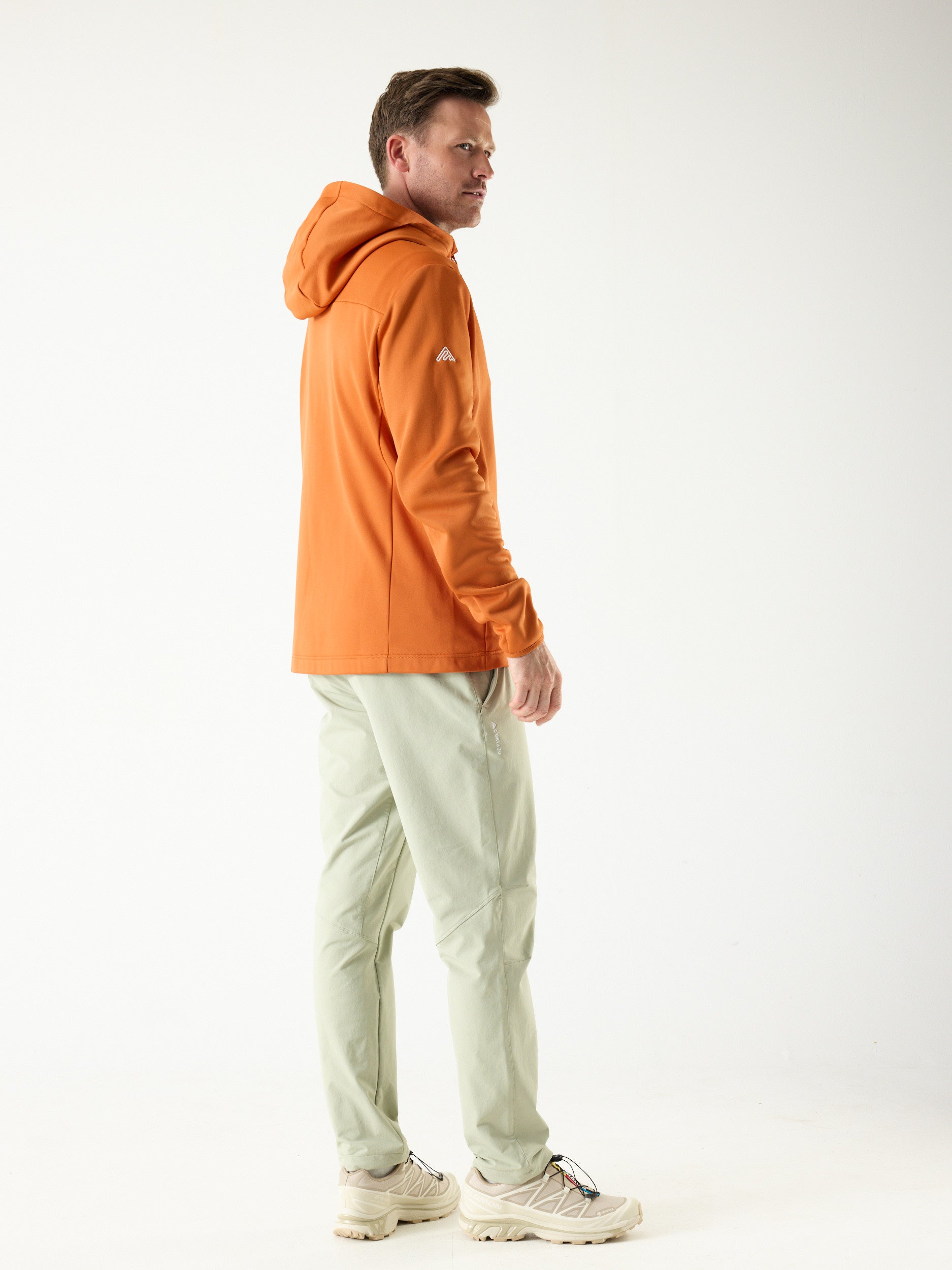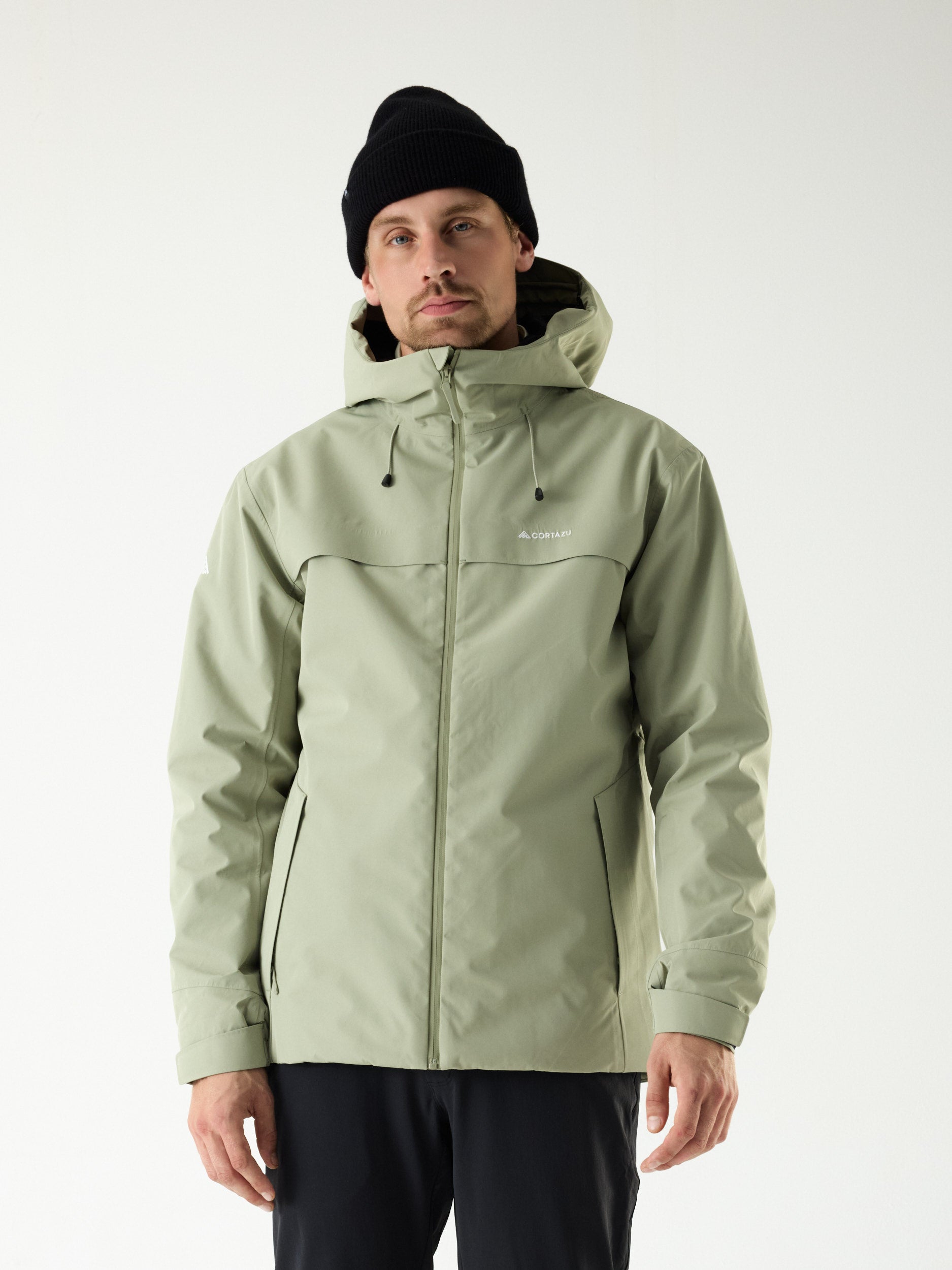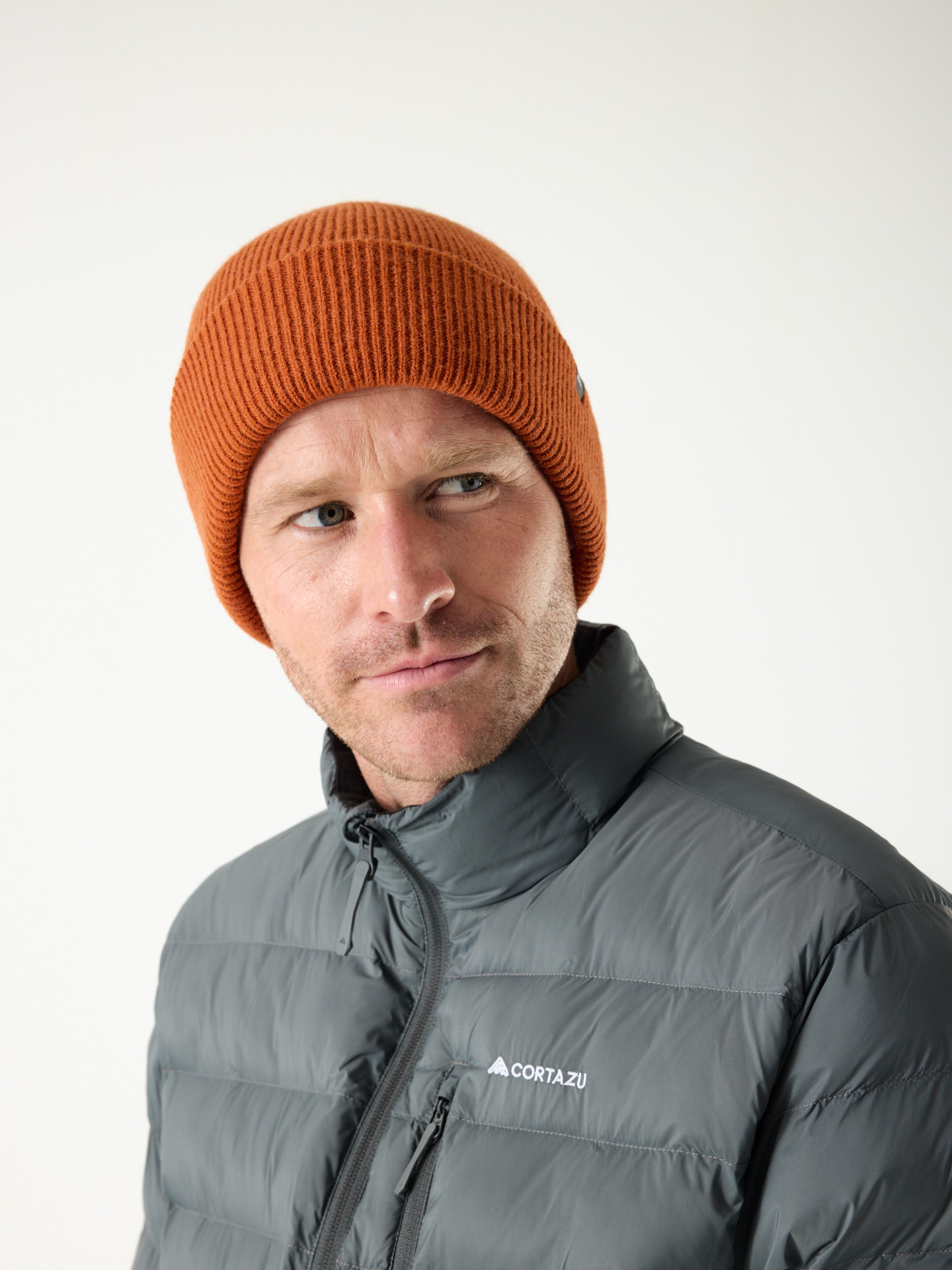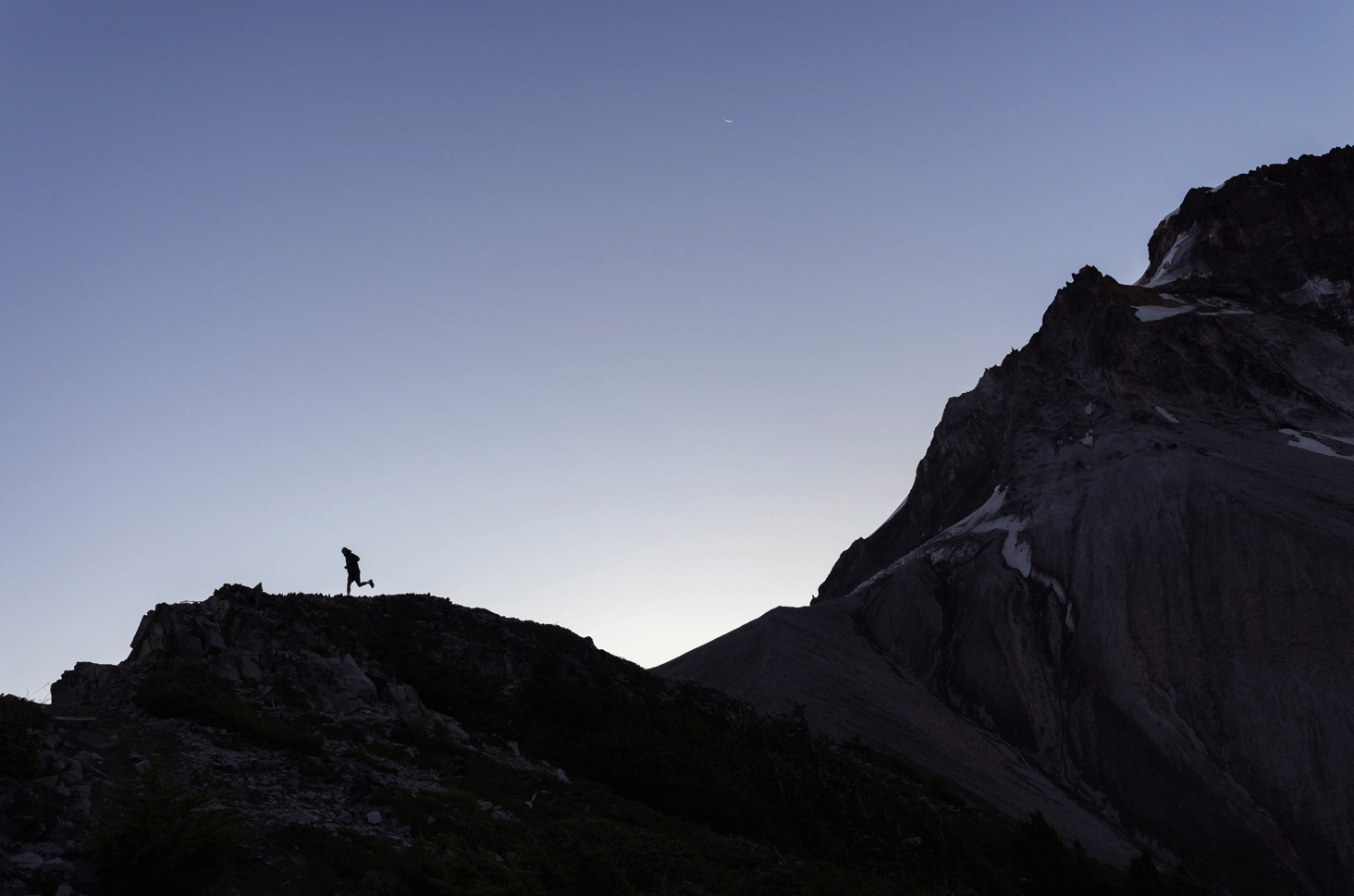Knowing what to eat when hiking and also that you simply will need to carry all this food on your back isn't always easy.
This article will offer you the fundamentals on the way to prepare your daily rations realistically and efficiently to use on all of your hiking trips.
When preparing your backpacking food stock before happening a hike, you want to first and foremost:
- Maximize the nutritional efficiency of every of your backpacking meals in terms of calorie intake, and
- Minimize the load and volume of every of your food rations.
These two essential parameters revolve around 4 rules that you simply can adapt consistently with your eating habits and your practices:
Rule 1: Identify your daily nutritional requirements in Calories (cal)
Knowing your daily needs for caloric intake is a crucial parameter because it'll condition your ability to supply effort, to get over your day of hiking, and to refill your energy reserves to be fully shape subsequent day.
If your caloric intake is just too low, fatigue will quickly slow you down, and your thermoregulation are going to be less effective.
The Result: by accumulating the hiking days and by providing the substantial effort needed for walking on uneven terrain with the load of the backpack on your back, your physical and mental condition will degrade quickly.
You will suffer from the thermal discomfort in the dark in your sleeping-bag (in short, you'll get cold!), and each morning you'll feel more and more tired and weak.
So, at any cost, don't try shorting yourself the required caloric intake for your good physical condition just to lighten your backpack, without considering the pros and cons!
Unless in fact , you understand your needs and your metabolism alright , which you're able to ration yourself and limit your resources, for the only purpose of rushing into the first pizzeria you discover on your way back to civilization!
Finding the proper caloric balance is completed over time, by practice and experimentation.
One piece of advice: every day, take notes of your sensations. Did you overeat? Not enough? Was the ration sufficient? you'll then be ready to review your notes before your next hike, so you don’t reproduce a number of the mistakes.
Calorie calculators are often found easily on the web, which may assist you to get a fast idea of your needs without having to travel through lengthy and painstaking tests.
Click here for a handy calorie calculator.
Then you simply will need to fine-tune. The formula generally uses age, weight, height, and sort of activity.
Rule 2: Learn the caloric equivalent by the load of every food

Keep in mind that 100g of food must bring you a minimum of 500 Cal.
I mix rule # 1 and # 2: if you would like 3,000 Cal per day, you would like to carryr 21 oz (600g of food), that's 7 oz (200g) of food per meal.
There you go, those that are during a hurry now have the essential ideas to require to the supermarket or the local organic shop! For the remainder of you, we'll dig a touch deeper.
I like this calculation because it works all the time, when I’m in a hurry, tired, dehydrated, faraway from my favorite store.
It is often applied roughly, to avoid loosening up and adding a little touch of this or that, because it's so good, then you finish up emptying the remainder of the muesli into your Ziploc and completely ruin your quest to scale back weight!
“And what about this? do you have to take it?”, “Oh! Yes, for a few more grams…”
Hell No! we've a mathematical rule, and that we will apply it.
A little reminder:
- 1 g of carbohydrate = 4 Cal (or 4 kcal)
- 1g of protein = 4 Cal (or 4 kcal)
- 1g of fat = 9 Cal (or 9 kcal)
Another little reminder: Cal (upper case C) is like kcal (kilocalorie) which you'll mostly see on the nutrition facts label of food products, also to not confuse with cal (lower case c) which is like 0.001 kcal or Cal. pitying my geekiness!
You will need to read the nutrition labels of every desired food-product.
This will take a while initially, but soon you'll have the knowledge of a good range of possibilities that you simply can adapt to your desires and wishes of the instant.
530 Cal per 3.5 oz (100g) for chocolate. I take a minimum of one chocolate candy of 3.5 oz (100g) each day.
What food is good for hiking?
There are the classics: chocolate can easily exceed 500 Cal/3.5 oz (100g), nuts (almonds, hazelnuts, cashews, macadamia nuts, nuts in any shape…) that contain between 600 and 700 Cal/3.5 oz (100g).
Potato chips and dried banana slices also represent a superb weight/calorie ratio.
To summarize, don't listen nutritionists: the mixture of fat/carbohydrates, this is often exactly what you need!
One mistake to avoid: only bring butter with you, thinking that you simply understood everything about mathematics which 3.5 oz (100g) = 900 Cal and you tell yourself: “We have a mathematical rule and that we will apply it!”
Trust me, three meals each day just butter-based, well, it is often heavy on the digestion and therefore the spirit.
On the opposite hand, you'll smooth our studious calculation by taking with you instant mashed potato (350 to 400 Cal/3.5 oz (100g)) and salted butter during a small airtight box that can give about 750 Cal/3.5 oz (100g). does one get the idea?
By following this rule (# 2) you'll be ready to eat goodies that are effective from a nutritional point of view, or only useful in energy supply and weight to hold with sometimes a touch monotony… well yes!
Rule 3: Take only dry or dehydrated food on the hike
In addition to drinking water, there's no such need to carry the water contained food.
You can always rehydrate your hiking food at the time of cooking, with water you've got gathered on the spot.
Water contained in certain foods can represent 80% of the weight, and far more in some cases.
For 3 liters of milk, do you like to carry 105 oz (3 kg) of liquid milk or 10.5 oz (300 grams) of milk powder?
Out go canned ravioli, your best chicken broccoli Alfredo during a jar recipe or pumpkin soup carton!
Rule 4: Manage food packaging for hiking

Managing food packaging means anticipating the production of waste.
Before the hike, get rid of the unnecessary containers (plastic packaging) or rigid containers.
Recondition your food in Ziploc bags: they're robust, waterproof, weigh nothing, and as you empty them, they're going to take up less space in your hiking backpack.
Care to weigh your waste once you return home, it’s always instructive, and take notes to try to to better next time!
That’s it!
With those. 4 basic rules and my advice coming from my experience within the field, you're now ready to prepare your food rations for hiking, counting on your needs, your tastes and your eating habits.
You can follow my tips in a very radical way thanks for achieving energy efficiency and a lower weight at the expense of delight to eat, or you can also give yourself some margins, cheat a bit on Rule # 2 to not be during a smashing mood on the trails!


















